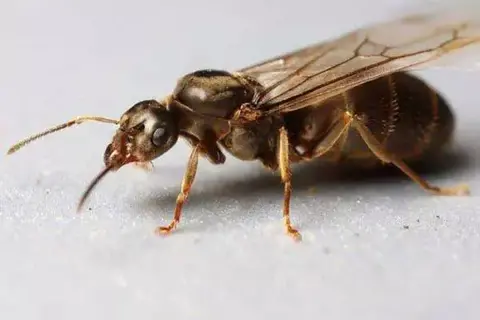What Is Frogs’ Diet?
Murphy ScottFrogs, like toads, are insect-eating animals. Frogs have teeth only on the upper jaw, and toads do not have them at all, so there is nothing to bite off pieces of food. Due to these features, the food of frogs and toads is swallowed entirely. They catch their food with their original tongue – long, strong, and bifurcated at the end. It is immediately thrown out of the mouth in the direction of the victim, and then, because it is sticky, it comes back with stuck prey. Another curious fact is that food enters the esophagus through the eyes. When blinking, the eyes sink deep, pushing food into the esophagus.
What do frogs eat in nature?
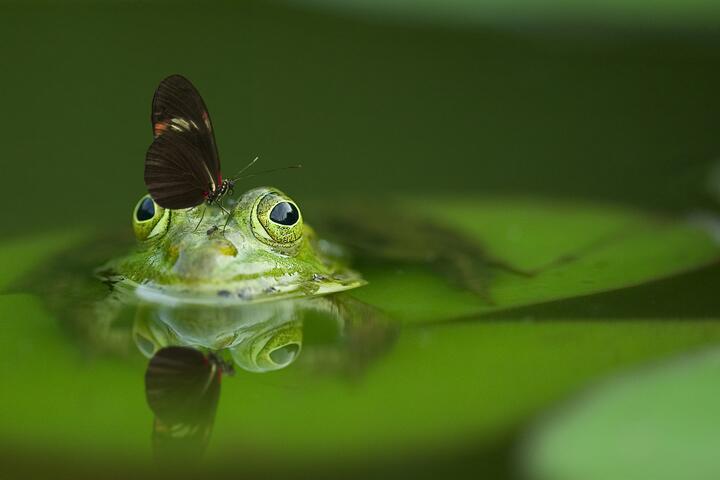 Photo by Pixabay on pexels
Photo by Pixabay on pexelsToads have a great appetite. The main food for them are invertebrates: worms, insects, bedbugs, spiders, caterpillars, clams, etc. More than half (60%) of all insects eaten by toads are pests of agricultural land. These animals also eat slugs. Many gardeners see on the strawberry berries unpleasant slugs, which are usually hidden in the daytime in the wet ground, and in the evening go out to eat the soft juicy fruit of sweet ripe strawberries. It is very difficult to fight with them. This is exactly where toads are great helpers.
An adult frog is a carnivorous animal. The frog eats mosquitoes and other insects. For the lake toad, the prey is a fish fry. In connection with this, fish farms are caused considerable damage. Hiding in shallow water, the frog waits for a flock of fry, and after waiting for them, it sharply opens its mouth, where the flow of water involves a pile of fishes. With the fry in his mouth may be tadpoles.
In the stomachs of frogs are often present and plant remains, because to their tongue adheres part of the leaves and flowers on which the prey sat. All this is quickly swallowed by the frog, and then it goes again to get new food.
What do frog tadpoles eat?
The larval stage in different types of frogs is very similar. Hatched from the eggs tadpoles have no hole in the mouth. The germinal stock of nutrients ends in about seven days when it reaches a length of 1.5 cm. During this period, there is a rupture of the mouth and begins independent feeding.
The main food tadpoles are unicellular algae. Random impurities that are assimilated by the frog’s body together with the main food are mold fungi, protozoa flagellates, and other microorganisms.
The mouth of the tadpole is well adapted to scrape off algae plaque and is like a “beak” surrounded by fringe lips. The lower one has rough outgrowths and is larger than the upper one. Feed tadpoles during the day, being in warm water on the shoals and near the coast, forming mass clusters (up to 10 000 pieces). Not all of them survive because the frog larvae serve as food to birds, fish, and many other inhabitants of the reservoir.
Tadpoles turn into little frogs. They are quite voracious. In the filled state, their stomach volume exceeds 1/5 of the total mass.
Another curious detail – if there is not enough animal food in the pond tadpole and winters in the larva stage, until spring, postponing its transformation into a predator.
What do frogs eat at home?
Xenopus is especially popular with aquarists, whose skin excretions have the effect of natural antiseptic, well-disinfecting water. Such a frog is usually planted in an aquarium with fish that have contracted some kind of infection. However, there must be a mesh septum between them, as the frog can eat its “patients”.
Usually, amphibians living in an aquarium eat live food: earthworm, daphnia, moths, etc. The frogs can eat their “patients”. Because frogs do not move much in captivity, they tend to be obese. Feed them no more than twice a week. They may also eat thinly sliced nonfat meat or fish.
And what do frog tadpoles eat at home? In the very first days, they are suitable for powdered milk (good and baby formula). In the second week, you can introduce a mixture of insects and herbs after a good steaming in the oven or in the sun to avoid various rotten processes.
Beef liver and small moth are introduced in the last days of metamorphosis to strengthen the body of small frogs, but all this should be crushed to the smallest size.
Frog’s Diet
 Photo by Pixabay on pexels
Photo by Pixabay on pexelsIn the wild, frogs eat many different types of invertebrates. However, because of their large size, frogs do not eat small animals, such as worms. Ideally, frogs should be fed live foods, such as crickets or mealworms, as they are not well-suited for home pets. In addition, you should not feed frozen crickets or mealworms, as these will not be suitable for your pet.
Frogs are mainly carnivorous, and they typically eat a variety of insects. As pets, it is important to provide a diet that is similar to their natural diet. To help you get started, here are some tips for feeding frogs: – The first food that frogs eat is algae. Other types of plants are not beneficial for your pet. You should also avoid offering your pet human foods.
– The food of frogs varies greatly. Most frogs eat insects. However, there are some species of frogs that also eat fish, birds, and small reptiles. These animals also eat mice. While these creatures are not considered carnivorous, they can eat mice, so it is best to keep them out of ponds and pools.
– The type of insects that frogs eat will depend on their species. In general, frogs eat animals, but some species eat only plants. In fact, frogs are omnivorous, with a diet consisting mainly of meat. While a few frogs may be pure carnivores, most of them are omnivorous. This means that they eat both plants and animals, but not at the same time.
The backbone of a frog’s diet is comprised of crickets. These are the easiest insects to raise and purchase. Waxworms and mealworms are great frog snacks. Mealworms and waxworms are available at bait stores. In addition, grasshoppers, locusts, and crickets are a great sources of nutrients for frogs.
Frogs get most of their nutrition from live prey. Adult frogs need approximately one gram of protein each day, while baby frogs need at least twice a day. They should be fed live prey at least once a day unless they are very active and have high energy levels. If you are unsure of what frogs eat, ask your veterinarian. You should only feed your sexy pet bugs, crickets, and worms.
In the wild, frogs consume a wide variety of insects. In captivity, frogs eat crickets and mealworms, which are cheap, but lack the nutrients frogs need. Luckily, earthworms and crickets are easily available in most grocery stores and pet specialty shops. Insects are a great source of vitamins and minerals for frogs, and they can also be found in some grocery stores.
While there is no definite list of specific foods that frogs eat, you can be sure that they eat fish and other small mammals. Aside from fish, frogs also eat insects and small mammals. They may not be eating fish, but they do eat small fish and other animals, such as crickets. Some frogs also scavenge insects.
Frogs’ diets vary greatly, but most frogs eat insects. Some species undergo an herbivorous tadpole stage and eat various types of plants. The other food sources for frogs are plant matter and flying insects. They can also eat a variety of other kinds of food. But, if you want to know more about frogs, you should read the article by Kayla Frattt.
Frogs’ diets vary depending on their size. Small frogs are omnivorous, while large frogs eat only small creatures. Their food preferences can vary from species to species. In general, most a lone frog can eat up to two hundred insects a day. A Mexican burrowing tiger frog is a good example of a small frog’s diet, while an adult can eat as many as a hundred insects per day.
As frogs are carnivorous, they should not be fed plants, fruits, or vegetables. The only exception is the Pacman frog, which eats mice. A few varieties may also be omnivorous. If you’re unsure, consult your vet for further information. If you’re not sure, consider buying a tadpole. Insects are not good for frogs.
- Birds20 Interesting Facts About Owls

- DogsThe Benefits Of Proper Puppy NutritionBy Charlotte Green
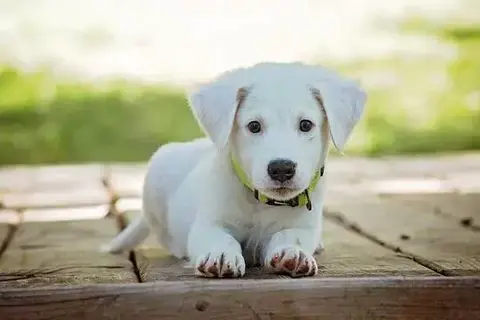
- LivestockCan Goats Eat Grapes?By Amelia B

- Wildlife27 Interesting Facts About GorillasBy Khai Dove
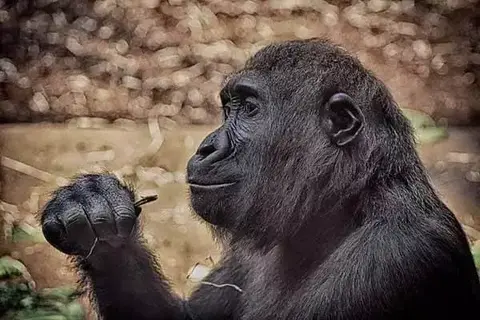
- InsectsWhat Is The Structure Of Honey Bees Eyes?By Camilo Walker

- WildlifeHow Many Giraffes Are There In The World?By Khai Dove
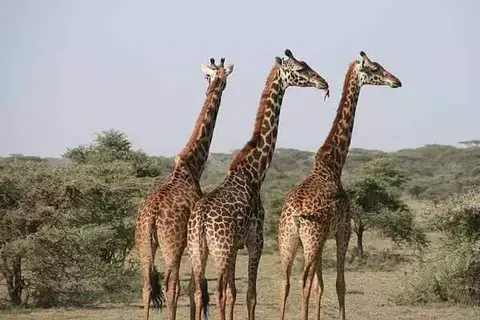
- DogsWhat You Should Know About Your Dog’S FoodBy Murphy Scott
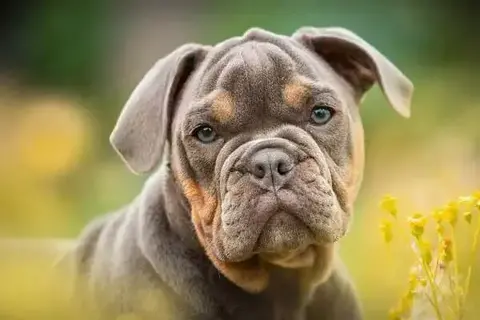
- DogsA Dog With A Very Expressive Muzzle Surprises The InternetBy Khai Dove

- Wildlife7 Interesting Facts About AntelopesBy Khai Dove

- InsectsAll About Ants With White WingsBy Amelia B
